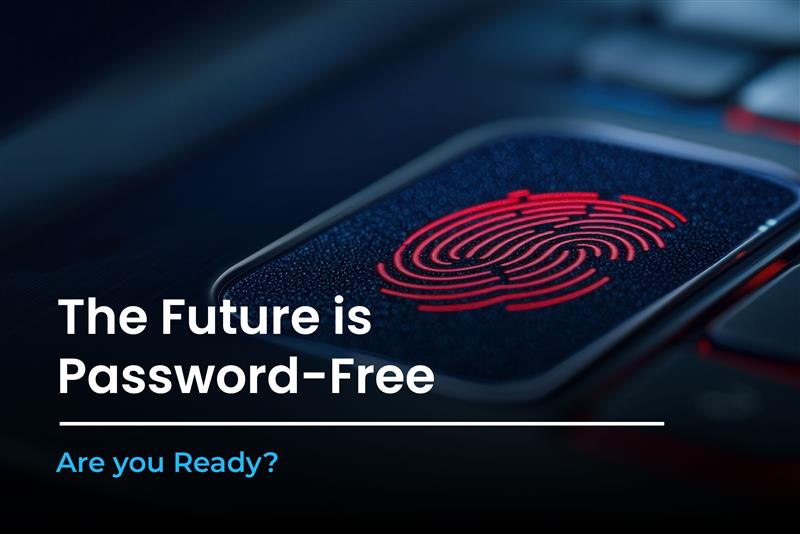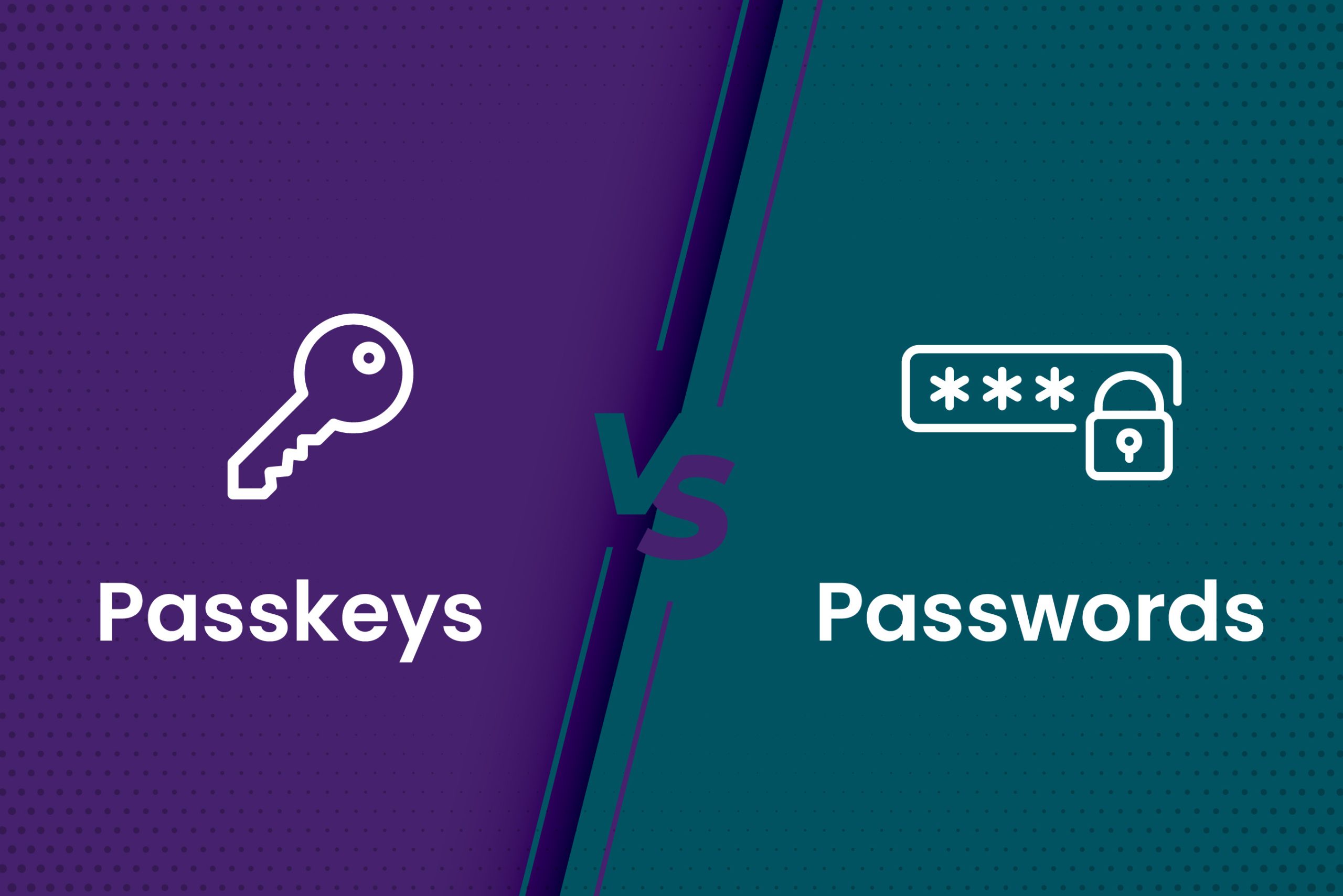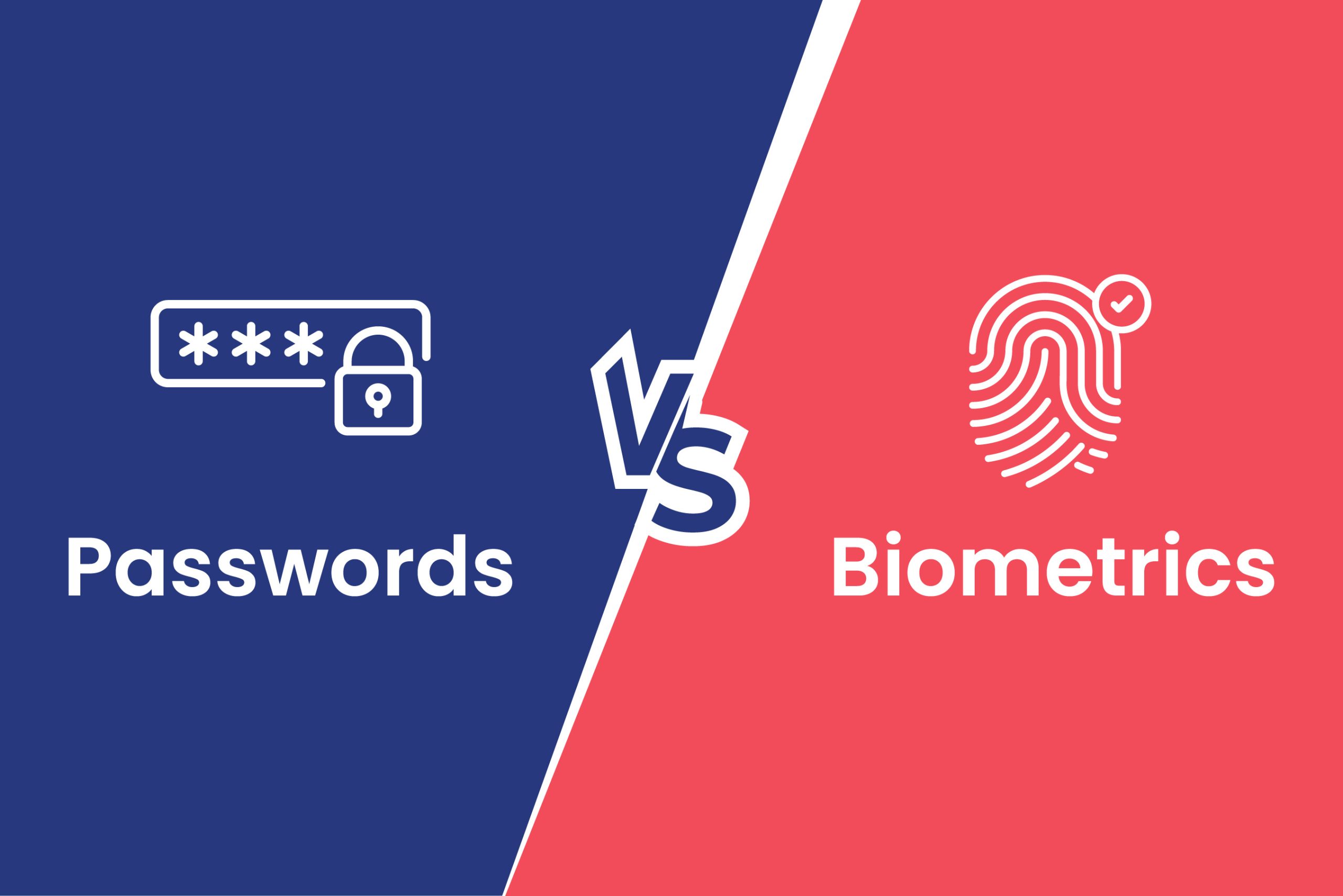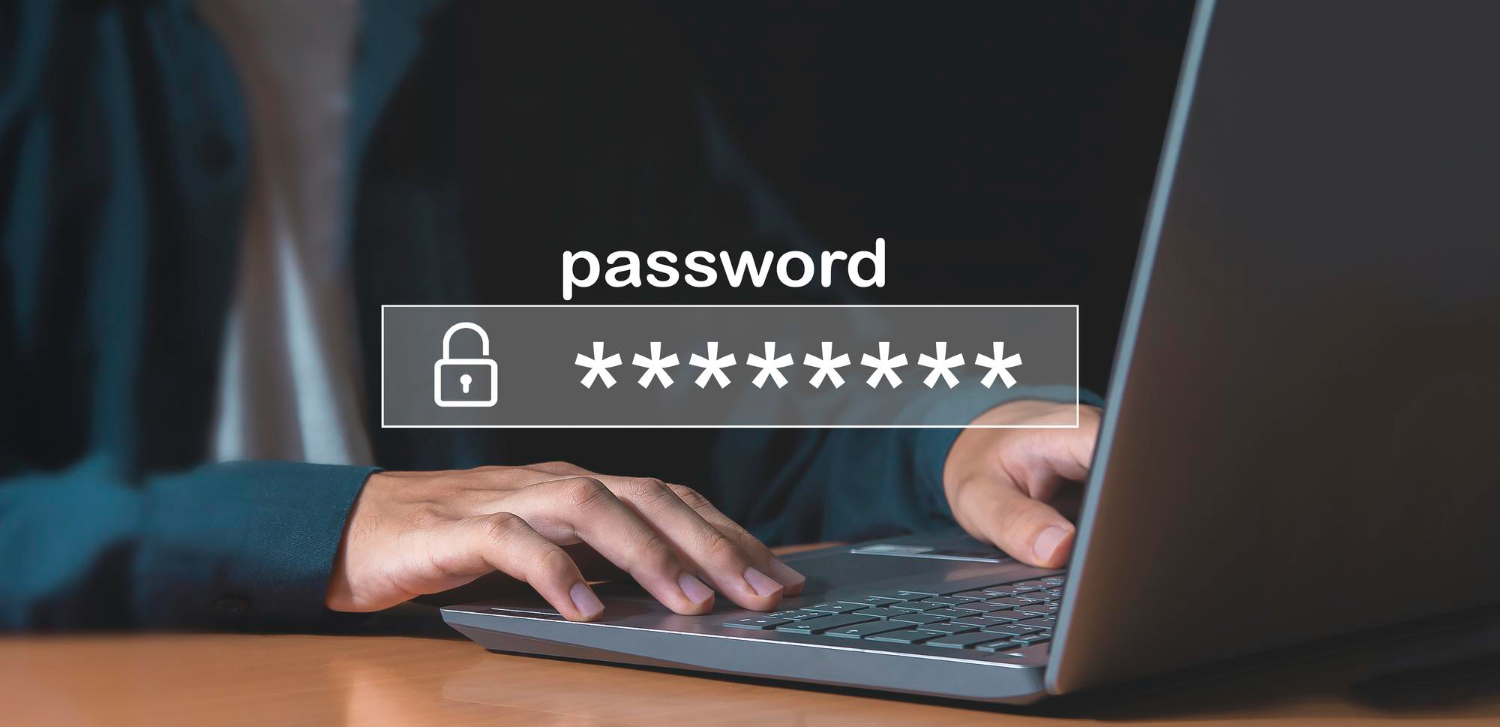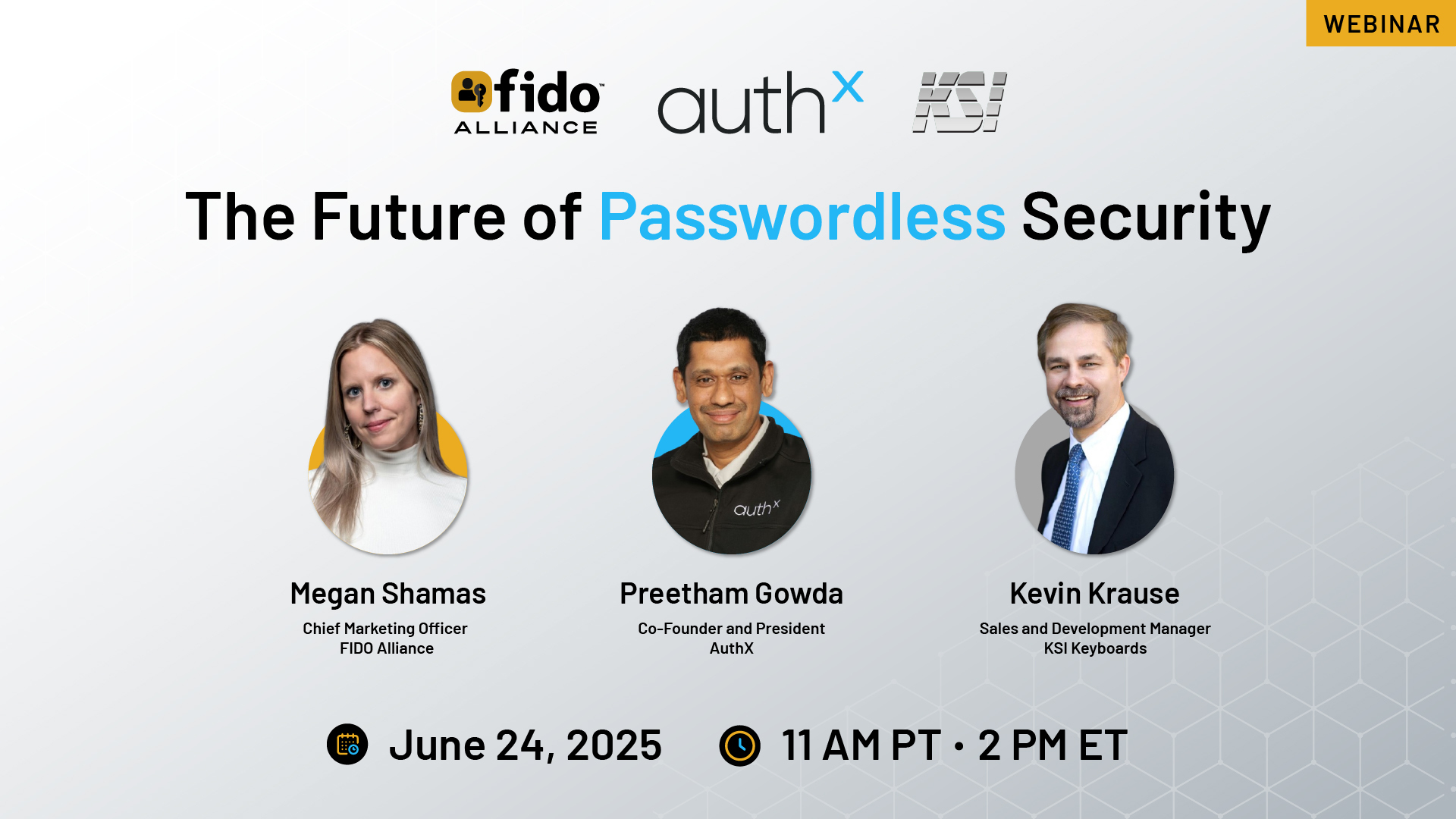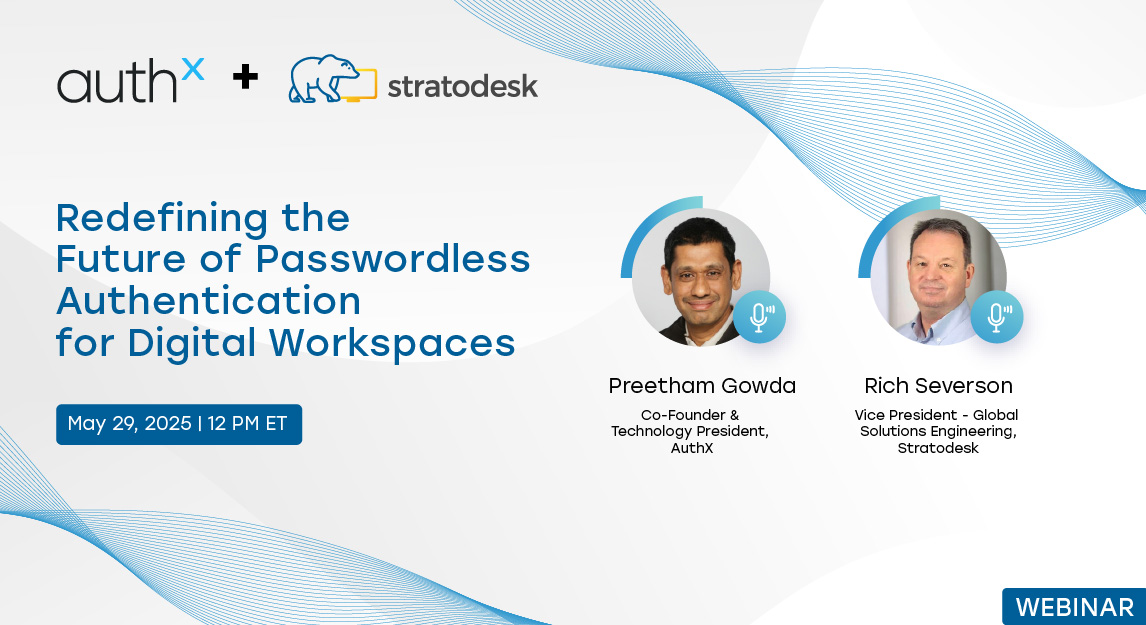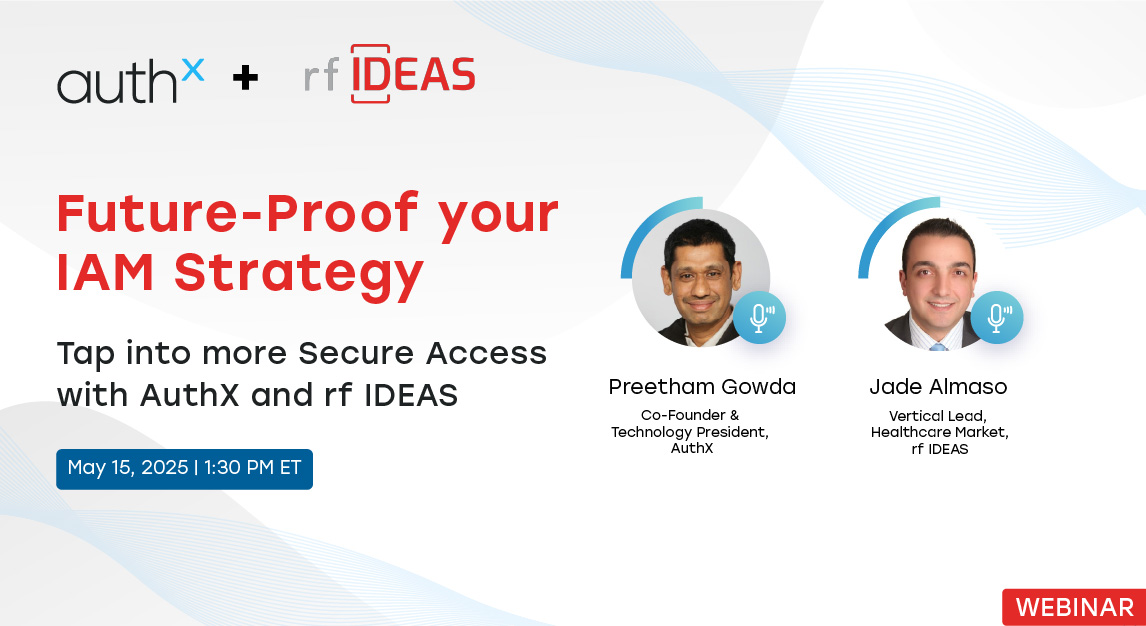We hear a lot about going passwordless, but most firms are still drowning in password reset requests. It’s expensive, annoying, and above all – A SECURITY CONCERN
The financial impact is significant; breaches involving compromised credentials typically cost $4.81 million, while breaches related to phishing cost $4.88 million on average. Simply put, passwords are no longer a reliable defense against modern cyber threats.
Despite a greater understanding of cyber threats, organizations continue to use dated authentication techniques. Why? Many assume that moving to a passwordless enterprise solution is too difficult or expensive. But here’s the truth: Sticking with passwords is even more costly in the long run—both in terms of security risks and operational inefficiencies.
Why Password-Based Security is a Risky Bet?
Passwords were previously the norm for authentication, but they were never intended for today’s risk scenario. Passwords are increasingly the weakest security link as hackers get more proficient. Here’s why:
- Phishing is more advanced than ever. Hackers don’t need to brute-force passwords anymore. Social engineering attacks, AI-generated phishing emails, and deep-fake voice scams make it easier than ever to steal credentials.
- Credential stuffing is a hacker’s playground. Employees tend to reuse passwords across accounts. If one gets leaked, attackers can test it across multiple platforms, often with alarming success.
- High IT costs. In addition to being inconvenient, password resets can be costly. Up to 50% of the time spent by IT helpdesks is dedicated to password-related problems, employing passwordless solutions helps them to be better utilized elsewhere.
- Compliance and regulatory challenges. Standards like HIPAA, GDPR, and NIST are shifting towards stronger authentication requirements. Relying on passwords alone might mean falling behind regulatory expectations.
Given these challenges, the need for a passwordless enterprise isn’t just a convenience, it’s a necessity.
Challenges of Traditional Authentication
Even with strong password policies and multi-factor authentication (MFA), businesses still struggle with security gaps and user friction. Traditional authentication has a few fundamental flaws:
- Complexity frustrates users. Employees are forced to create and remember multiple passwords, leading to weak credentials or risky workarounds like writing them down.
- Increased attack surface. MFA helps, but attackers still find ways to bypass it—especially with SIM swapping, MFA fatigue attacks, and stolen one-time passcodes.
- Delayed access hinders productivity. Employees waste time resetting passwords and dealing with account lockouts, leading to lost efficiency across the organization.
Security should be strong and seamless. That’s why the future is passwordless.
The Road to Passwordless: 4 Key Steps to a Secure Future
Transitioning to a passwordless future requires careful planning, the right technology, and a structured rollout. Here’s how to do it effectively:
1. Implement Unified Authentication with SSO and Identity-Proofing
Start with passwordless SSO to streamline access and reduce the number of credentials users need to manage. This simplifies authentication, enhances security, and improves the user experience. However, to strengthen security, integrate an identity-proofing strategy. Use methods like biometrics and government-issued IDs during onboarding to ensure that users are who they say they are, preventing unauthorized access from stolen devices.
2. Strengthen Security with MFA and Adaptive Authentication
Passwords alone aren’t enough. Passwordless MFA adds an extra layer of security with biometrics or other frictionless access methods. This strengthens security even if passwords are compromised. Pair this with adaptive authentication to dynamically adjust security measures based on the risk level of each login attempt, ensuring a frictionless experience while keeping high-risk logins in check.
3. Choose a Flexible Passwordless Platform for Seamless Integration
A successful passwordless enterprise solution requires a platform that integrates well across both legacy and on-premises systems. Ensure that the platform can work across diverse applications without forcing a full IT overhaul. While SSO helps, incorporating strong identity-proofing and adaptable authentication methods will provide a robust security framework, meeting both current and future challenges.
4. Plan a Gradual Rollout with Customizable Security Controls
The goal is to reduce password dependency over time—not eliminate them overnight. Plan a step-by-step transition that allows users to adopt passwordless authentication at their own pace, with both password and passwordless options coexisting temporarily. Tailor authentication methods to the unique needs and risk profiles of different user groups—employees, customers, or vendors—while steadily decreasing reliance on passwords.
Why Consider AuthX for Passwordless?
Not all passwordless solutions are created equal. A successful passwordless enterprise strategy must balance security, usability, and seamless integration. AuthX makes this transition effortless.
- Frictionless Authentication – Users can log in quickly and securely without passwords, reducing IT support tickets and frustration.
- Strong Security – AuthX leverages passwordless MFA, passkeys, biometric authentication, adaptive security, and device-based authentication to eliminate password risks.
- Seamless Integration – Works with existing enterprise applications and security frameworks, making implementation smooth and hassle-free.
- Better Compliance – Meets evolving regulatory requirements for authentication, reducing compliance risks.
- Single Sign-On (SSO) – Simplifies user access by allowing one set of credentials to authenticate across multiple apps, improving security and streamlining the user experience.
- Zero Trust Security – AuthX supports Zero Trust principles, ensuring that every user and device is authenticated continuously, reducing the risk of unauthorized access.

The Future is Passwordless
Passwords have been around for decades, but their time is up. Modern enterprises are making the shift now—before they’re forced to.
The road to passwordless doesn’t have to be complicated. By taking the right steps, implementing passwordless security—SSO, MFA, adaptive authentication, and seamless onboarding—businesses can strengthen security while enhancing user experience.
Ready to leave passwords behind? Let’s make it happen.
FAQs
Why should my organization move to a passwordless authentication system?
How does Single Sign-On (SSO) work with passwordless authentication?
Passwordless SSO allows users to authenticate once across all apps, removing multiple passwords while strengthening security.
What is the role of Multi-Factor Authentication (MFA) in a passwordless environment?
Passwordless MFA adds an extra verification layer, like biometrics, to strengthen security. It ensures that even if a device is compromised, unauthorized access is still prevented.
How does Zero Trust fit into a passwordless security model?
Zero Trust continuously verifies users and devices, preventing unauthorized access. Combined with passwordless security, it creates a robust defense against cyber threats.

